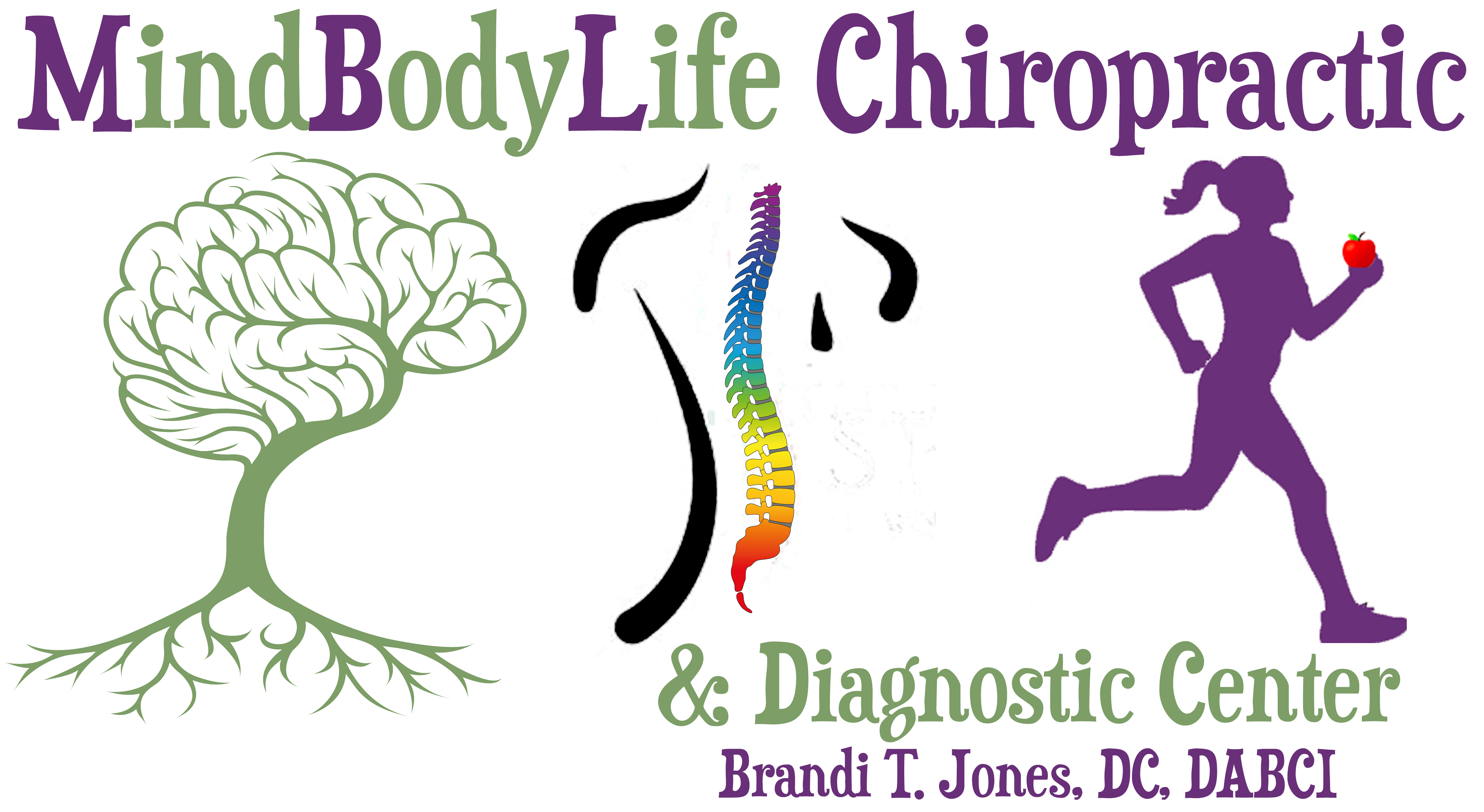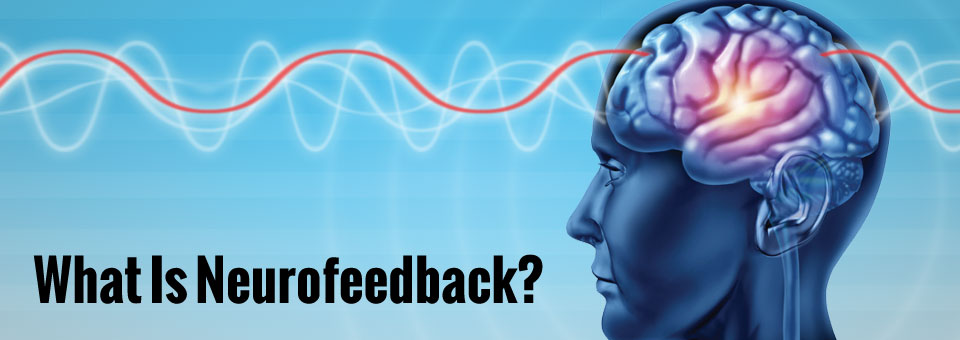What If You Could Eliminate Or Reduce Chronic Neurological Conditions Just By Listening To Your Favorite Music Or Watching Your Favorite Videos?
It may sound too good to be true, but neurofeedback does exactly that! This amazing technology works by correcting irregular brainwaves while you are engaged in a movie or music. Decades of research have shown that properly aligned brainwaves can positively affect the way our body functions. Neurofeedback is producing positive results for many people with debilitating neurological conditions, such as:
- ADD / ADHD
- Addiction
- Anger Issues
- Anxiety
- Autism
- Bipolar
- Brain Injury
- Chronic Pain
- Depression
- Dyslexia
- Epilepsy
- Fatigue
- Fibromyalgia
- Insomnia
- Lyme Disease
- Memory Loss
- Migraines
- OCD
- Seizures
- Stress / PTSD
- Schizophrenia
- Sleep Issues
- Stroke
- Tourrette’s
- And More!
What Is Neurofeedback?
Neurofeedback literally means “brain” and “input”, where the brain is monitored and input is given instantly. Neurofeedback specifically monitors brainwaves, looks for irregularities, then produces a signal that is designed to correct the irregularity and guide the brainwave back into a healthy pattern. With repetition of this process over time, the brain will learn to stay in healthy ranges without the aid of the computer. The result is an improvement in brain regulation, which in turn can reduce or eliminate most neurological symptoms.
What Type Of Input Is Used?
The signal source varies based on the system used, but it usually involves audio or video of the patient’s choosing. The process is so easy, a patient can actually get better just by listening to their favorite music or watching their favorite videos. The process is non-invasive, requires no drugs and is pain free.
Who Can Benefit?
Neurofeedback can work on anyone, no matter the age. All that is required is the ability to focus on the audio or video stimulation. Any neurological condition that involves irregular brainwaves can be targeted and improved with neurofeedback. These conditions include attention-deficit disorder, addiction, anxiety, autism, brain injury, depression, fibromyalgia, insomnia, migraines, obsessive compulsive disorder, stress, stroke and more!
How Does It work?
Neurofeedback does not directly target conditions and symptoms: it corrects irregular brainwaves and modifies timing patterns in the brain. This is achieved over multiple Neurofeedback sessions, as the brain re-learns the proper patterns it has forgotten. Neurofeedback can improve brain regulation, which can impact a variety of symptoms.
Think of your brain as a musical quartet: When all musicians are in sync, the sound is harmonious. But if one musician is out of tune, the overall sound is affected.
Brainwaves operate in much the same way, working together to keep your mind and body in sync and running smoothly. But if any brainwaves are off, it can impact your entire system negatively. Many common conditions like anxiety, depression and others can occur when brainwaves are running too fast or too slow. Neurofeedback teaches the brain to regulate its brainwaves properly, which can result in better overall health.
Is Neurofeedback New?
No. In fact, it has been around since the 1960s. Only in the last 10 years has the technology advanced enough to come out of the university labs and into the doctor’s office. There are decades of research and case studies that document the effectiveness of Neurofeedback in improving brain health.
What happens during a neurofeedback session?
Neurofeedback sessions involve relaxing for 30 minutes while you watch a movie or listen to music of your choice. Electrodes are attached to your scalp that monitor your brainwaves during this session. When irregular patterns are detected, a response is triggered from the software that pauses or dims the video or music. Your brain senses the change and subconsciously modifies itself back into a normal pattern. With repetition of this process, eventually your brain learns to stay within healthy ranges on its own without Neurofeedback.
How Long do neurofeedback Sessions take?
Each session is 30 minutes.
How many neurofeedback sessions are needed?
The number of sessions needed will depend on the individual. Much like going to the gym, every person requires a different length of time to improve. 20 to 40 sessions is normal for many conditions to improve.
How soon will I see results from neurofeedback?
Again, results will vary from person to person. Some feel different within a couple of sessions, while tougher conditions will take many sessions to see any noticeable results. It’s important to not get impatient and listen to the practitioner. They should be able to show you the graph results of each sessions, which will provide a visual reference of improvement.
How long will the effects of neurofeedback last?
Long term followups have been done on many patients over the years. Dr. Joel Lubar at the University of Tennessee has followed ADD clients who’ve sustained their improvements from Neurofeedback for 10-20 years. Published research on epilepsy 12 months after brain training shows the effects on epilepsy usually holds. Owners of the Clear Mind System have commonly reported no relapses from patients after 10 years.
How much research is there on neurofeedback?
Neurofeedback has been around for decades. To date there are thousands of studies, with more being published every day. This site has a comprehensive list of studies on Neurofeedback for many conditions. You can view them here.

